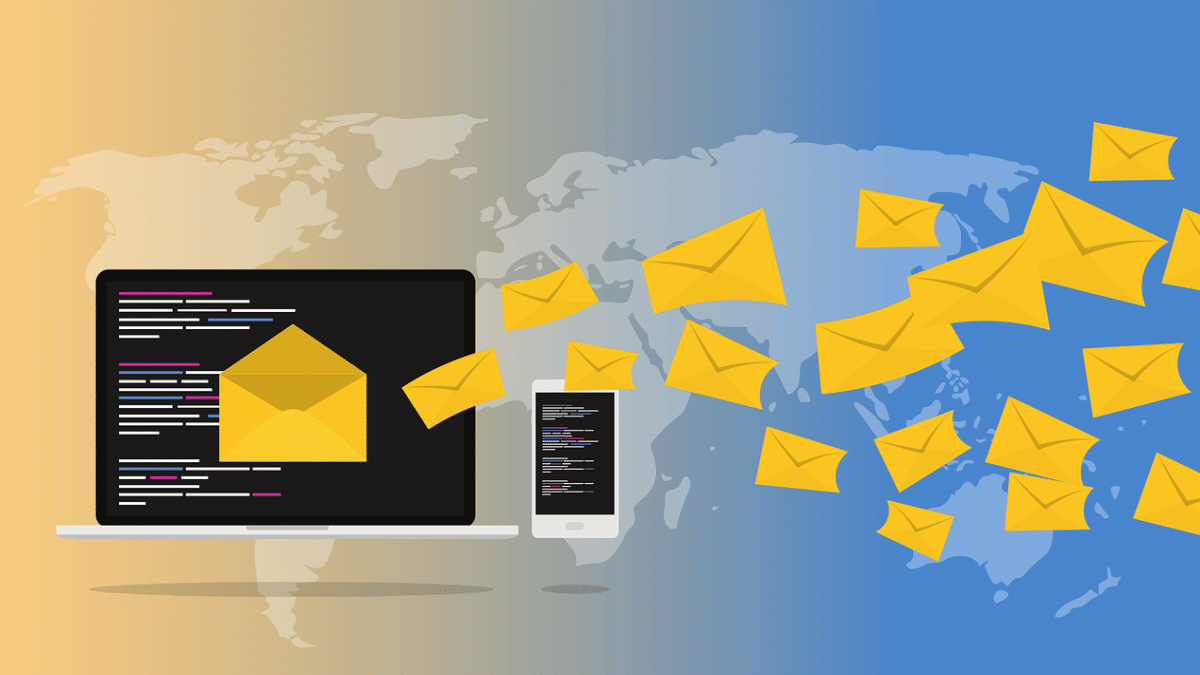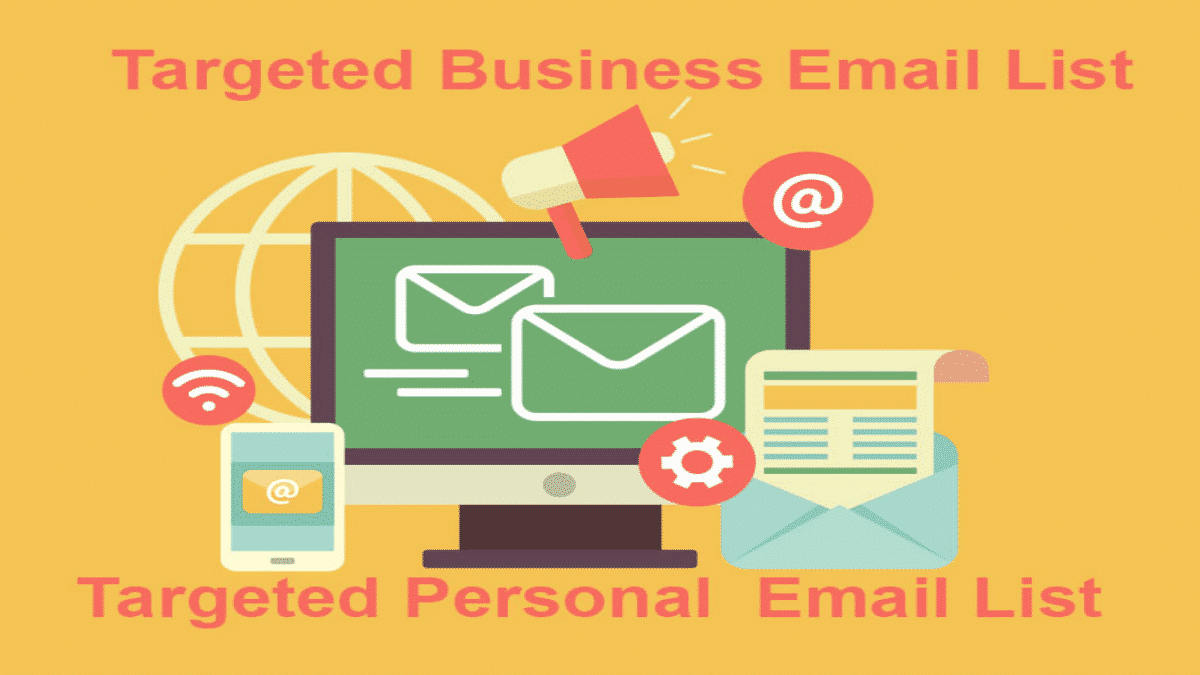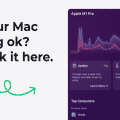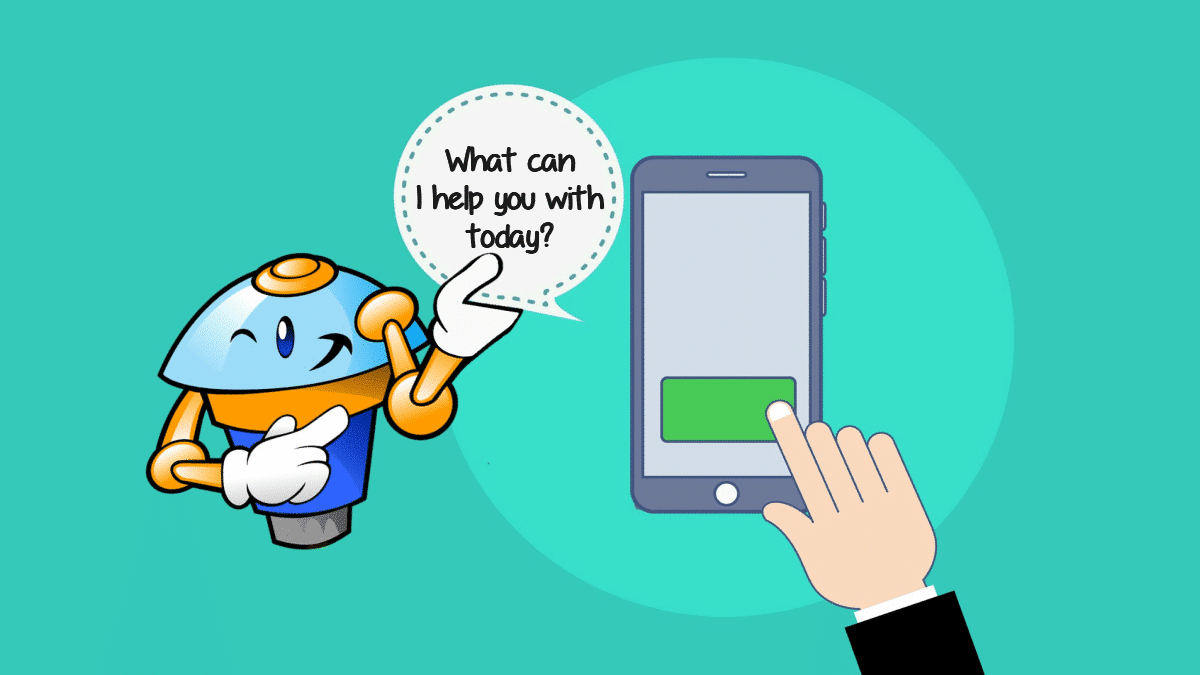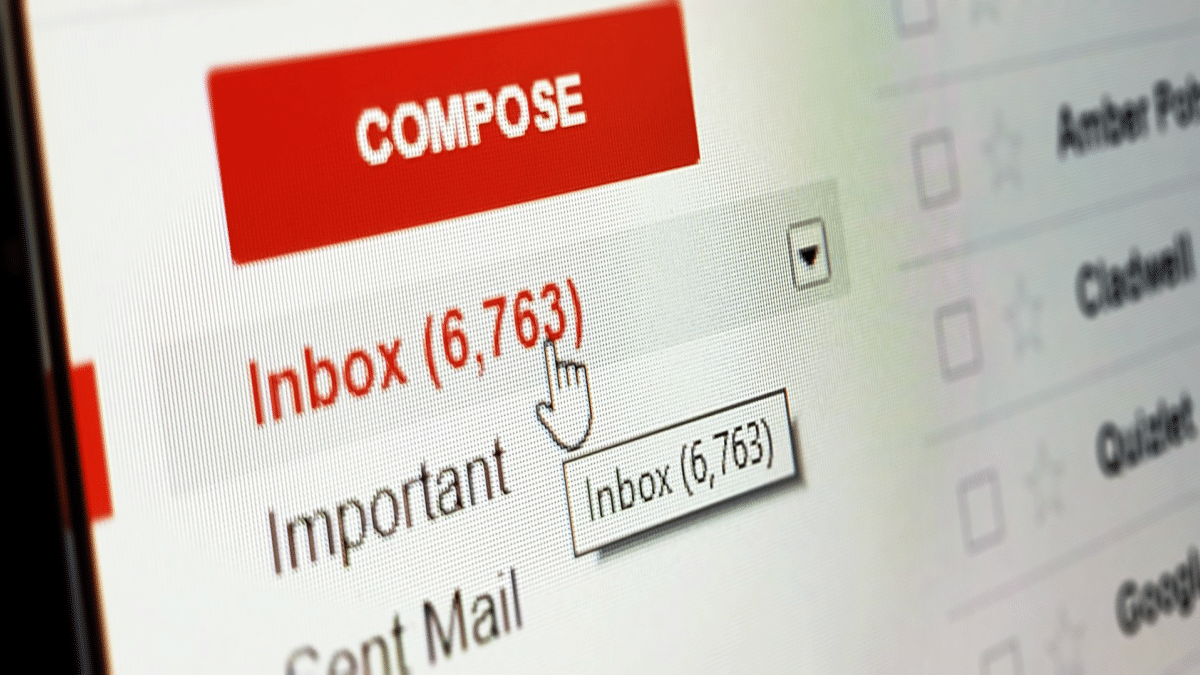DISCLOSURE: THIS POST MAY CONTAIN AFFILIATE LINKS, MEANING I GET A COMMISSION IF YOU DECIDE TO MAKE A PURCHASE THROUGH MY LINKS, AT NO COST TO YOU. PLEASE READ MY DISCLOSURE FOR MORE INFO.
Autoresponder 101
Just what is an autoresponder? I ask because there would be very few articles written about online marketing that wouldn't include a mention of this mysterious beast. While often mentioned, I find many are still at odds when it comes to the actual setting up and using their autoresponder.
"An autoresponder is a computer program that automatically answers email sent to it. Autoresponders can be very simple or quite complex." via Wikipedia
Wikipedia Tweet
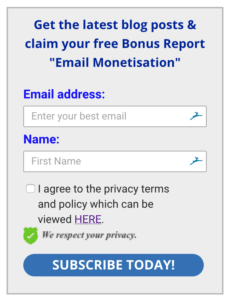
Normally two other very important pieces of information are recorded by the autoresponder at this time. The IP address of the respondent and a date time stamp.
Note: If you are dealing with EU countries ensure you are GDPR compliant. This may include, but not limited to having a checkbox to accept your privacy policy and a link to relevant policies.
Tip: Ensure your entire website is compliant.
The next important decision you need to make is whether you want to use a single optin or a double optin method to subscribe people to your autoresponder. It is entirely up to you which way you choose to use. So I will explain the differences.
Single Optin
When the subscriber clicks submit, there is no further action required on their part. From that point, unless they unsubscribe, they are on your list, and you utilise your autoresponder to send them emails.
Double Optin
After the subscriber clicks submit, your autoresponder automatically sends them an email with a link for them to click to confirm their subscription. Not confirming their email address, will result in them not being added to your list.
Pros and Cons

There is no right or wrong answer as to which is correct for you. My advice is to evaluate each method in line with your goals and the pitfalls of each. Results from polling marketing community itself show no clear winner on this issue.
Consider this recent Market Research here to help make your decision.
There are many different reasons for choosing one over the other. I am just going to split the two methods by something we are all trying to achieve, a Subscriber List.
Single optin removes a step in the process that removes some resistance to a subscriber. You will build a bigger list quicker if you use a single optin. Potentially your subscriber list will be of lower quality. People may also sign up with fake or disposable emails etc.
A double optin will build your list at a slower rate due to the extra confirmation step, which does result in fewer subscriptions. The benefit is the list of subscribers will be of a much higher quality and in all likelihood give you better conversions and reduced complaints.
My personal preference is to use the double optin method as my goal is to build the highest quality list I can. To further ensure the deliverability, I use an email verification service, which you may want to consider.
Design the Form
To start the process rolling, we need our readers to become subscribers, and there are several standard methods you have probably seen on browsing the internet.
A basic form included in a sidebar to the left or right of the body of the page is the simplest method. Embed these inline forms in various positions on a page or post. These days almost every autoresponder known uses a drag and drop builder which is generally very simple to use.
Decide which list to add subscribers to before designing the form. The one mandatory field is “email” of course. Beyond that is up to you to determine what you would like to collect. Other standard information collected is “Name” or “First Name” and “Last Name”.
The preference that you choose at this point can easily be modified later. Some marketers believe if you only ask for an email address, there is less resistance to obtaining a subscriber.
Extra fields you ask for other than the email address, can be set as either Required or left optional. Having the name of your subscriber enables you to personalise your emails, which can lead to better engagement.
As mentioned above, you will need to determine whether or not a checkbox should be shown or not for GDPR compliance.
Test the copy of your form and lead magnet to see what converts. Some services offer A/B testing on styles to help determine the best converting types.
As building a subscriber list is an essential function of your online business it's strongly recommended not to overlook regularly checking and testing your forms.
Dynamically presenting your form dependent on the viewer's behaviour is also popular. These pop-ups can be triggered by time on the page, usually set in seconds, scroll behaviour or even exit intent. This last pop up is very popular to try and engage your viewers one last time before they exit your page.
OK, let's get to the good part. Now we have someone who has signed up for your list whichever method you have chosen to implement. What do we want the autoresponder to do? The most common and recommended action is to send your new subscriber a “Welcome Email”.

Within your particular autoresponder, you will be able to create a new message and compose your welcome email. Typically send the welcome email immediately. Alternatively, send the welcome email after a short delay you set.
The “welcome” is the first and most basic autoresponder almost everyone needs and sets up. Nailing the first email is very satisfying to get under the belt. Everything else is just variations of the basic autoresponder.
There are many great autoresponder providers from which to choose.
- GetResponse
- Aweber
- HubSpot
- ConvertKit
- Constant Contact
- MailChimp
To name a few of the more commonly known services.
Check them all to see which suits your particular circumstance and needs, and my preferred provider is GetResponse which offers a free trial for you to test drive.
Autoresponders can do a great deal more than send welcome emails. Here are just a few of the possibilities to get you thinking. Newsletters, follow-ups, email courses. Different email lists for different interests.
Soon you can see that you will need more than one autoresponder running, to take care of these workflows automatically. Individual subscribers will be at different stages over a variety of autoresponders at any given point in time.
Alternate sequences triggered by actions taken by the readers on your lists can become overwhelming.
Tip: Have a strategy and map out your goals before creating autoresponders and lists everywhere.
Taking full advantage of our autoresponders capabilities will automate many of our marketing tasks and in turn, multiply our results. Some of the questions we will need to ask but not limited to are below:-
- Will we need one list or multiple lists?
- After the welcome email, what should you send?
- Are you going to send everyone the same emails?
- How often should you send?
- What are the conversion goals?
- Are you tracking email opens?
- Do you know who has clicked on which link?
- When will you send a follow-up sequence?
- Have you defined triggers for your autoresponders?
- Segmentation, do I need to do it?
Summary
Some thought and planning before you start creating autoresponders, lists and messages will save you a lot of time and effort
Determine the goals you want to achieve. More subscribers, conversions or traffic? Create the lists to segment your subscribers. Have the lead magnets been prepared? Write the messages. Set up the autoresponders and how they will be triggered.
If you would like to learn how to make the most out of your autoresponder, check out this Free Video from my friend Dean Holland.
Make sure you check out this video
Don't forget to like and share my post.
Ask any questions in the comments below.
Regards,
SteveT

DISCLOSURE: THIS POST MAY CONTAIN AFFILIATE LINKS, MEANING I GET A COMMISSION IF YOU DECIDE TO MAKE A PURCHASE THROUGH MY LINKS, AT NO COST TO YOU. PLEASE READ MY DISCLOSURE FOR MORE INFO.
